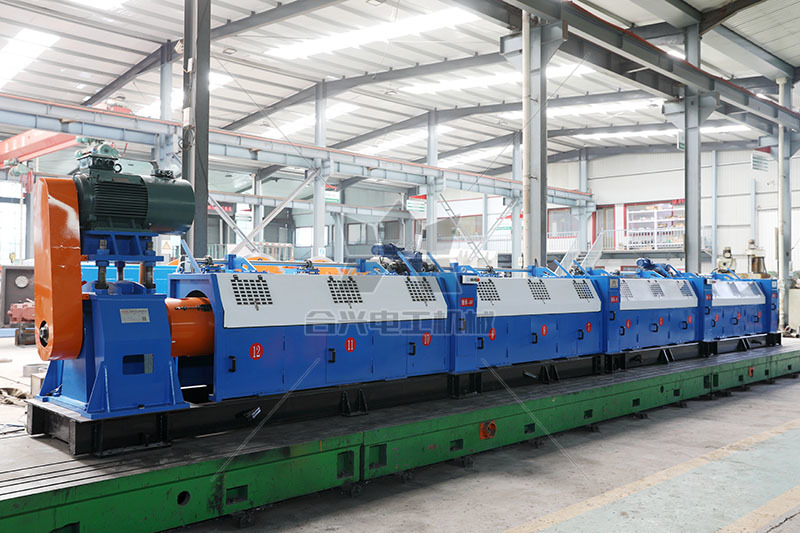Understanding Rigid Stranders: Essential Tools in Wire Manufacturing
Release time:
2025-05-18
Rigid stranders are specialized machines employed in the production of electrical wires and cables, particularly in the electrical and electronics manufacturing sector

Rigid stranders are specialized machines employed in the production of electrical wires and cables, particularly in the electrical and electronics manufacturing sector. Their primary function is to twist together multiple strands of wire to create a single, cohesive unit. This process is crucial for ensuring the strength, flexibility, and conductivity of the final product, making rigid stranders a vital component for manufacturers in the wire and cable industry.
The operation of a rigid strander involves several key components, including a pay-off system, a stranding unit, and a take-up mechanism. The pay-off system feeds individual wire strands into the stranding unit, which then twists these strands together in a predetermined pattern. This pattern can vary based on the desired specifications of the final wire product, such as its flexibility, resistance to wear, and electrical properties. After stranding, the finished wire is wound onto a spool by the take-up mechanism, ready for further processing or distribution.
One of the significant advantages of using rigid stranders is their ability to produce high-quality wire with consistent mechanical properties. The precise control over the stranding process allows manufacturers to tailor the wire to meet specific requirements, whether for household electrical systems, automotive applications, or industrial machinery. Additionally, the efficient operation of rigid stranders can lead to increased production rates, reducing lead times and costs for manufacturers.
Rigid stranders also play an essential role in optimizing material usage. By effectively twisting together multiple thin wires, these machines can create a robust final product while minimizing the amount of raw material wasted. This efficiency is not only cost-effective but also aligns with sustainability goals, as reducing material waste contributes to environmentally friendly manufacturing practices.
In terms of maintenance, it is essential to keep rigid stranders in optimal condition to ensure their longevity and reliability. Regular inspections and timely servicing can prevent potential downtimes, allowing for continuous production flow. Operators should be trained to recognize signs of wear or malfunction, which can aid in maintaining the machine's efficiency.
In conclusion, rigid stranders are indispensable tools in the wire manufacturing process, offering precise control, high-quality output, and efficient use of materials. Their significance in the electrical and electronics industry cannot be overstated, as they contribute to the creation of reliable, high-performance wire products essential for various applications. Understanding how rigid stranders work and their benefits is crucial for professionals in the field, ensuring they can leverage this technology for superior manufacturing results.
TAG:
Recommend News
HEXING CABLE MACHINERY
TEL: +86-317-3601666, +86-317-3236119
FAX: +86-317-3618408
E-MAIL: china@hbhxdg.cn
E-MAIL: hbhxdg@gmail.com
WEB: http://www.hbhxdg.cn
ADD: Baoantun Industrial Zone, Hejian City, Hebei Province

